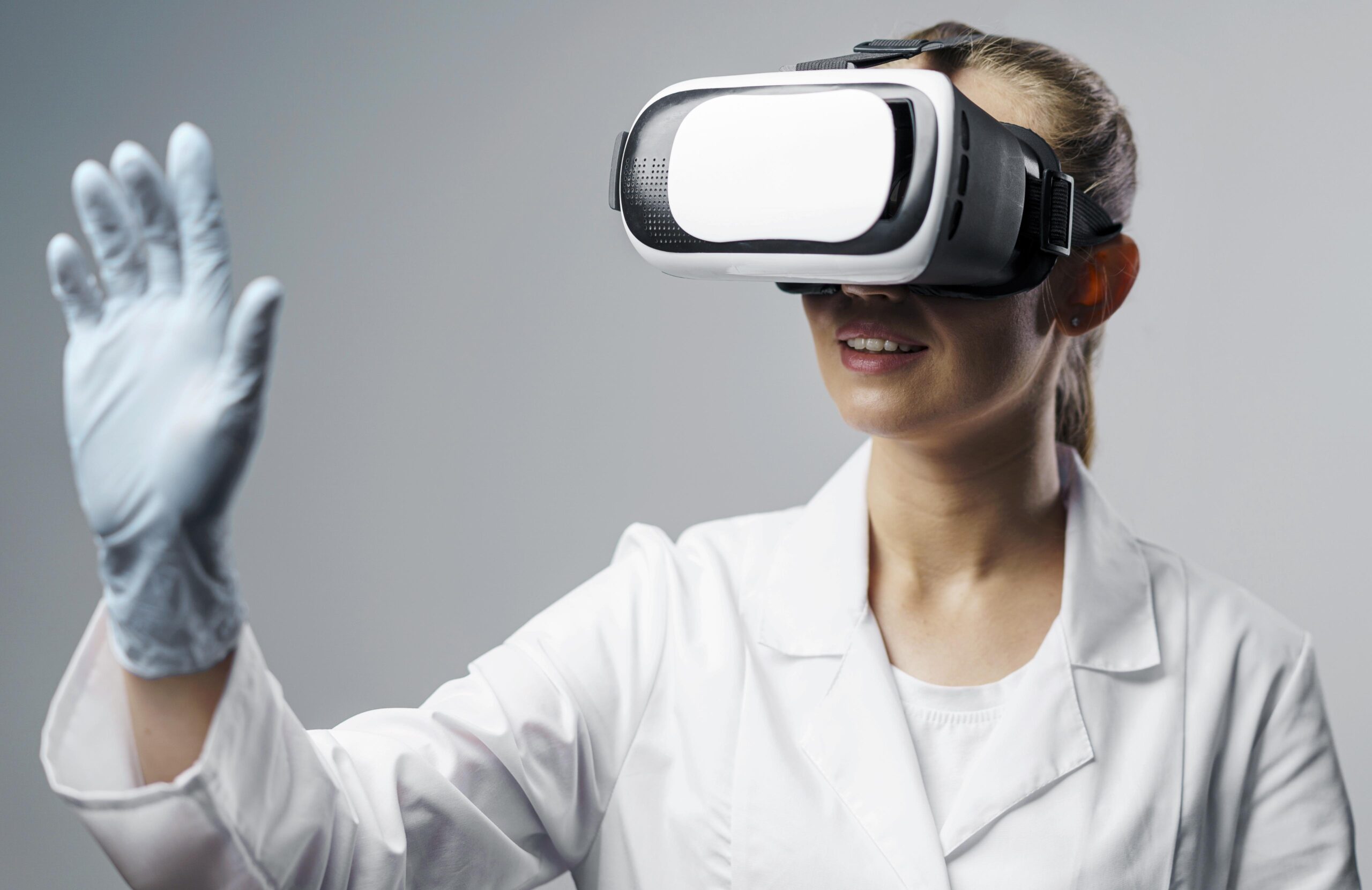How have digital technologies changed the way we access health care?
Before the COVID-19 pandemic, not everyone was comfortable using virtual care and many people were used to seeing doctors only in person. Then, local COVID-19 lock downs went into effect, which kept people at home, and virtual care options came to the scenery.
Many patients find that they now prefer the convenience of virtual care over in-person visits, especially for minor ailments, such as ear infections. If you don’t have to commute to a medical office to get the care you need, why would you? Telehealth saves you time and money from child care or other expenses.

What’s next for health care?
Health care has long required a visit to the doctor’s office, marked by long waits between answers and a melting pot of manual paperwork. But today, with the acceleration and adoption of modern digital health technologies, that may not always be the case. For the provider or the patient, whether at home or the clinic, health tech continues to improve the overall patient journey with high-quality, accurate, and efficient care.

Here are three current trends in the digitalization of health care:
Also known as telehealth or telemedicine, remote care is here to stay.
There are wearable devices like rings, wristbands, patches and sensors thempower patients to take a more active role in maintaining their health and wellness. These devices, prove to be useful for caregivers too.
Digitalization as a disruptor
Clinical decision support systems are also becoming increasingly widespread for greater prognosis accuracy, such as predicting survival rate or procedural success while reducing the rate of medication errors or unnecessary testing.
Virtual reality becoming a reality
The power of health tech is also being directed at the development of digital twins (DT), immersive virtual reality (VR), and augmented and mixed reality (AR/MR). As a drug-free alternative for mental health and pain management, immersive VR will help patients safely process emotions and experiences in a simulated environment while gaining valuable insight and skills for application in daily life. But it’s not just virtual environments, there are virtual or simulated patients now too. These digital twins have been applied to precisely treat cardiovascular disease, plan surgeries according to individual anatomy, and develop accurate pharmaceuticals, among other uses.








